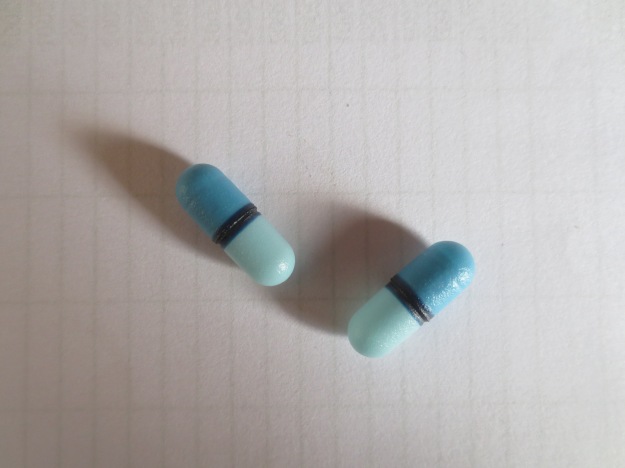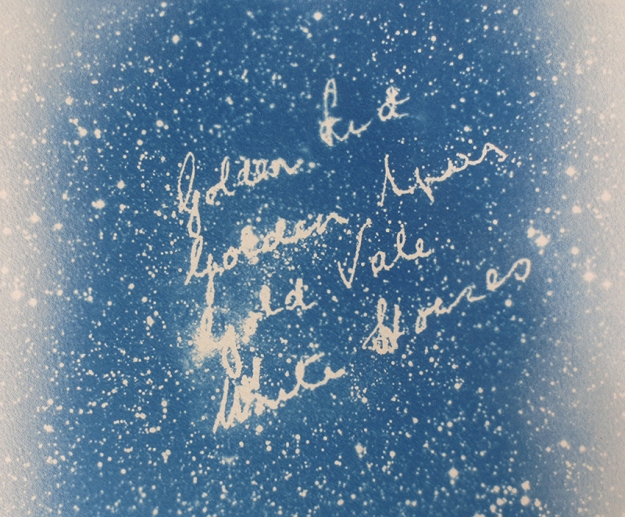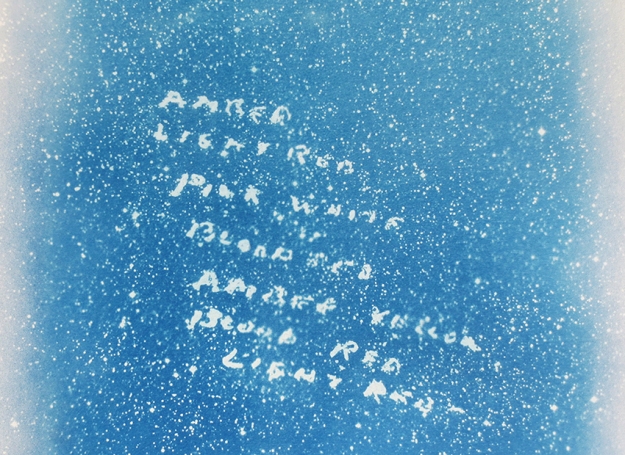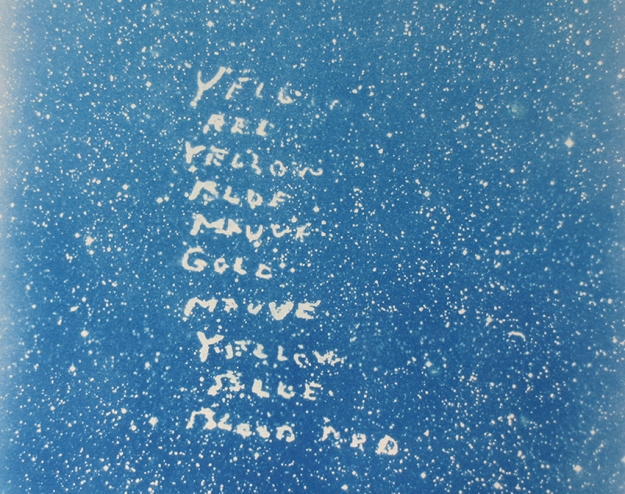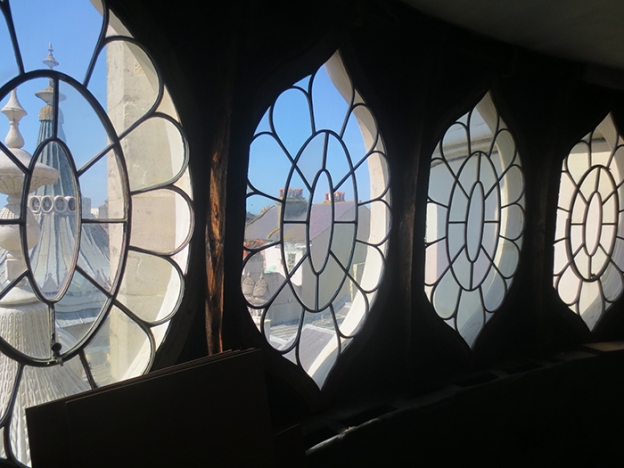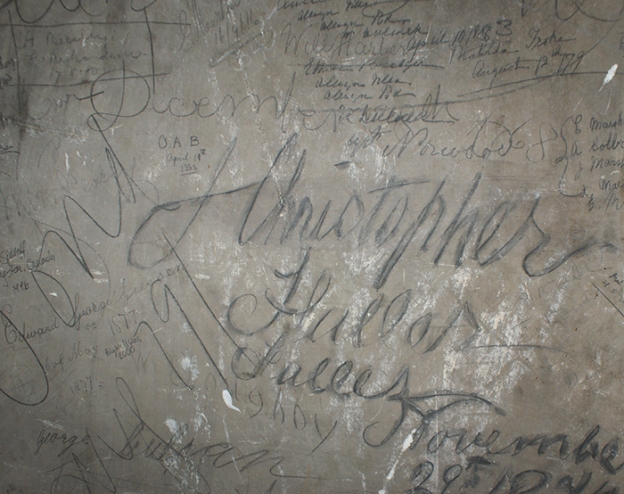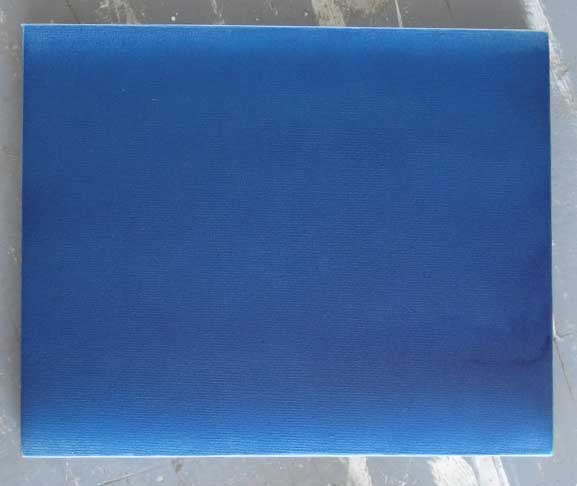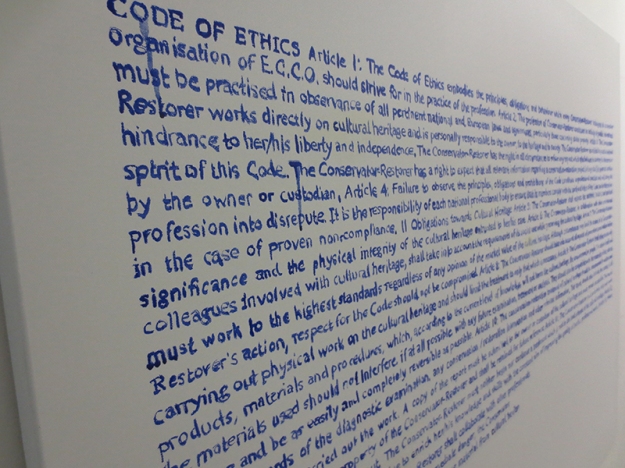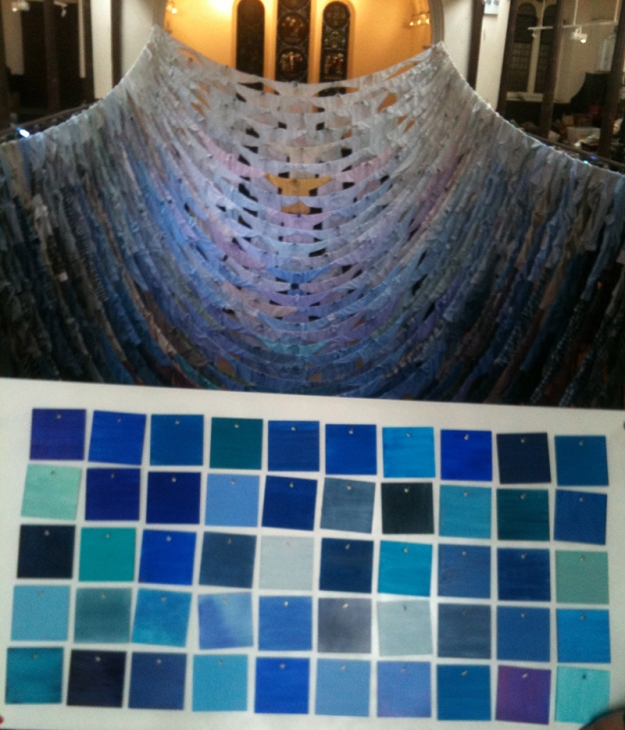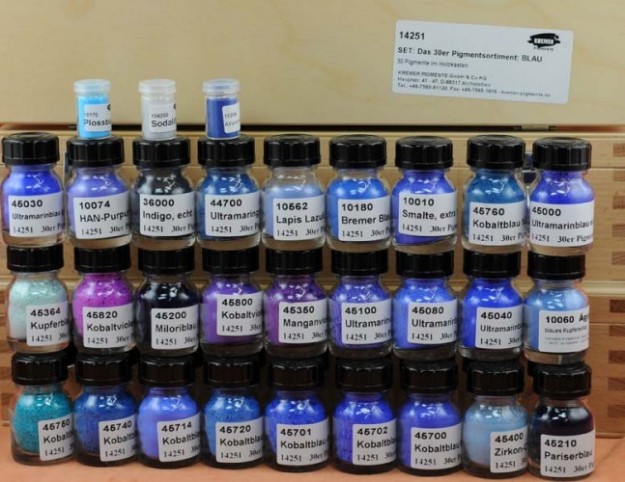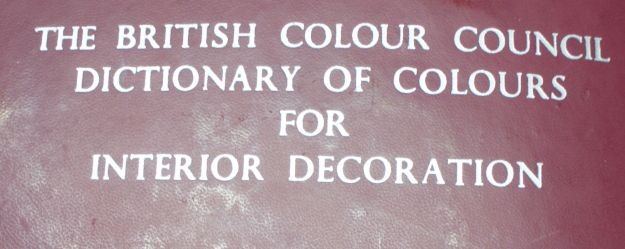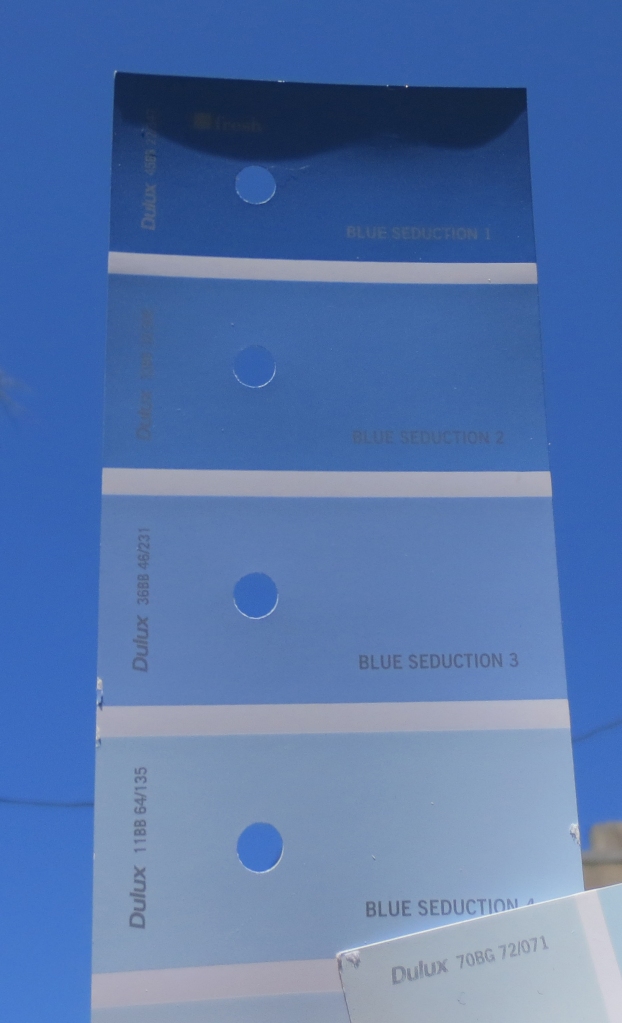Cyanopsia is a medical term for seeing everything tinted with blue. It is also referred to as blue vision. Cyanopsia often occurs for a few days, weeks, or months after removal of a cataract from the eye. It also sometimes occurs as a side effect of taking Viagra.
It can be caused by a physical or functional abnormality of the eye, or the brain, or be purely psychological. I came close to having cyanopsia after spending 10 hours painting out 50 blue panels in the Gallery, maybe I’ll try viagra instead next time.
The earliest pill emerged in ancient Egypt as a little round ball containing medicinal ingredients mixed with clay or bread. It wasn’t until the 1960’s when the new technology made colourful medications possible for the first time.. Today’s pills can be tinted up to 80,000 colour combinations.


